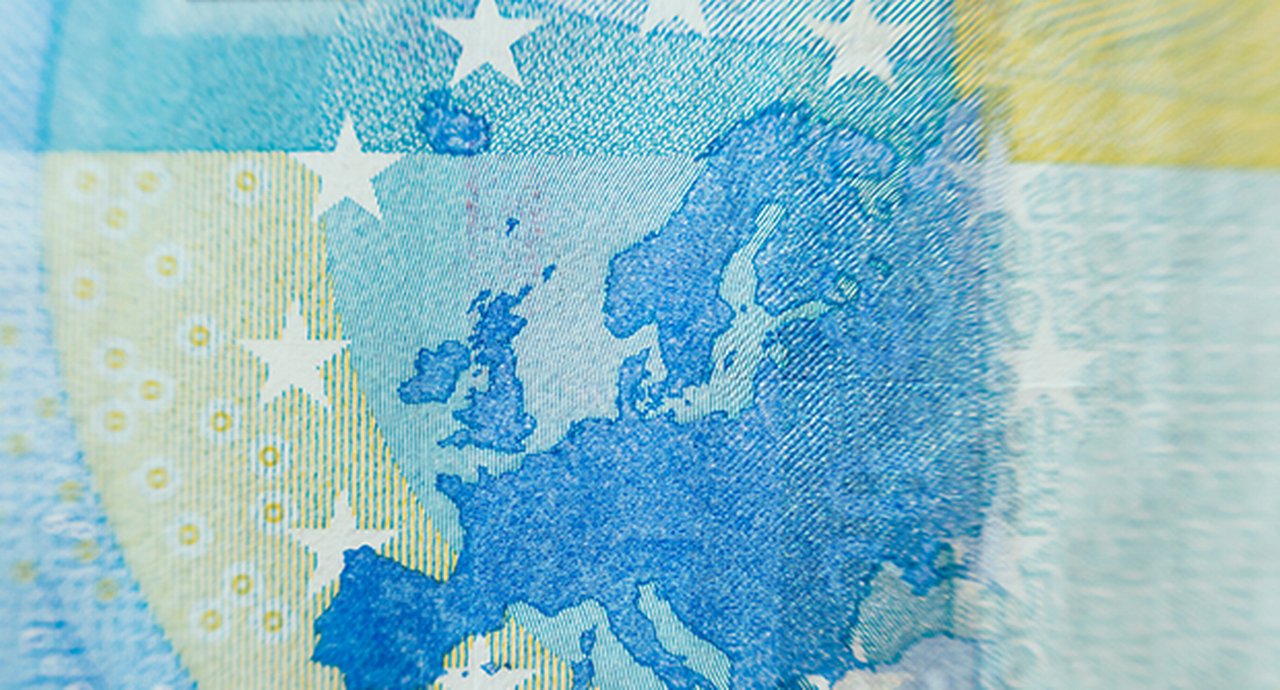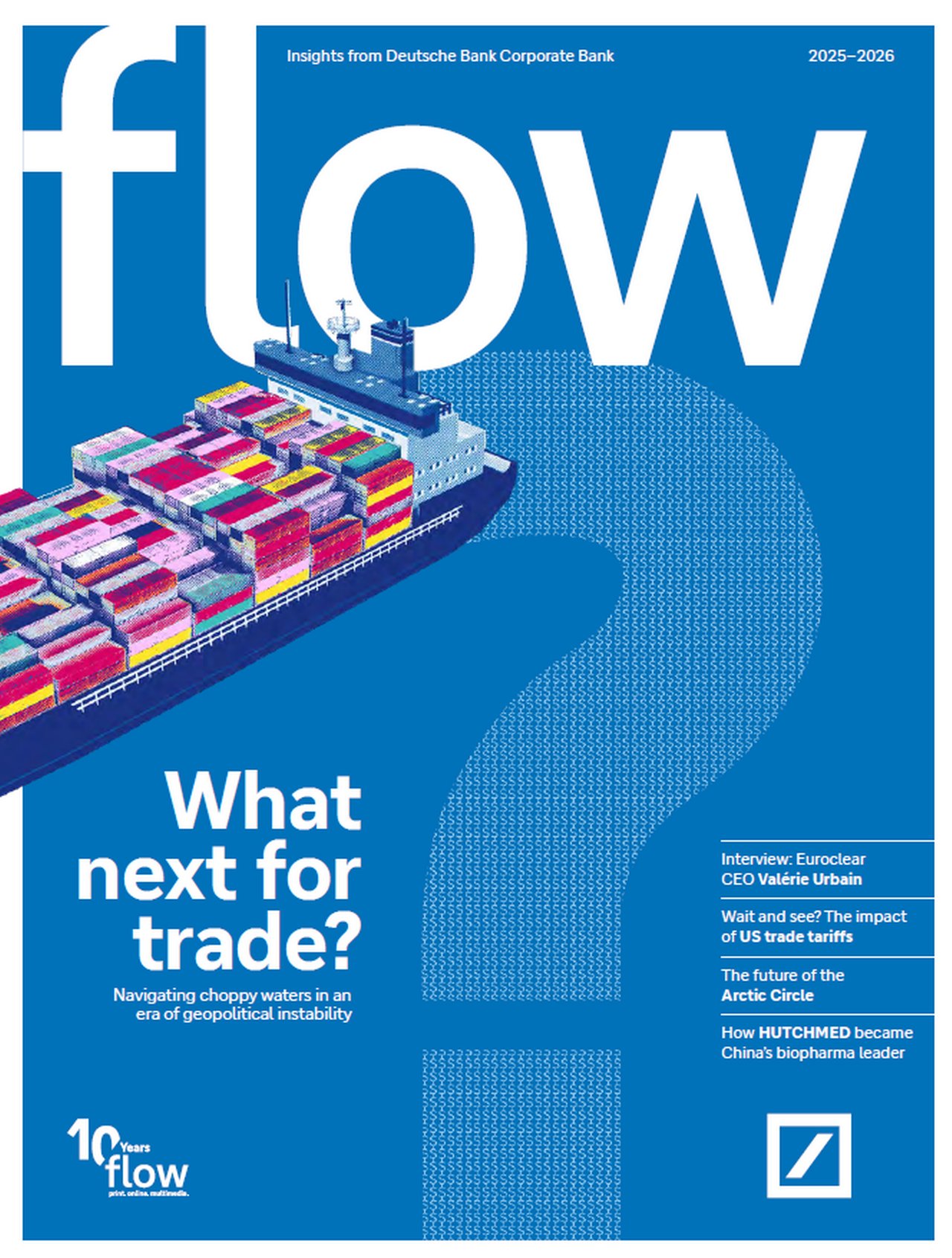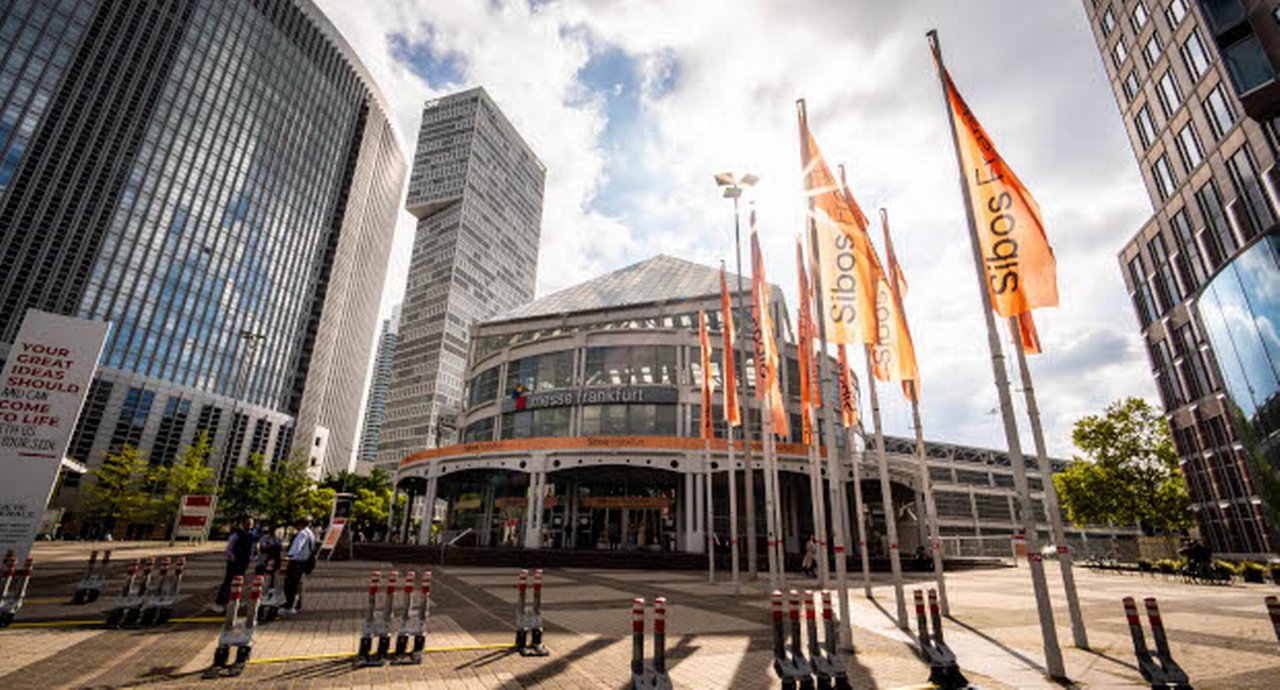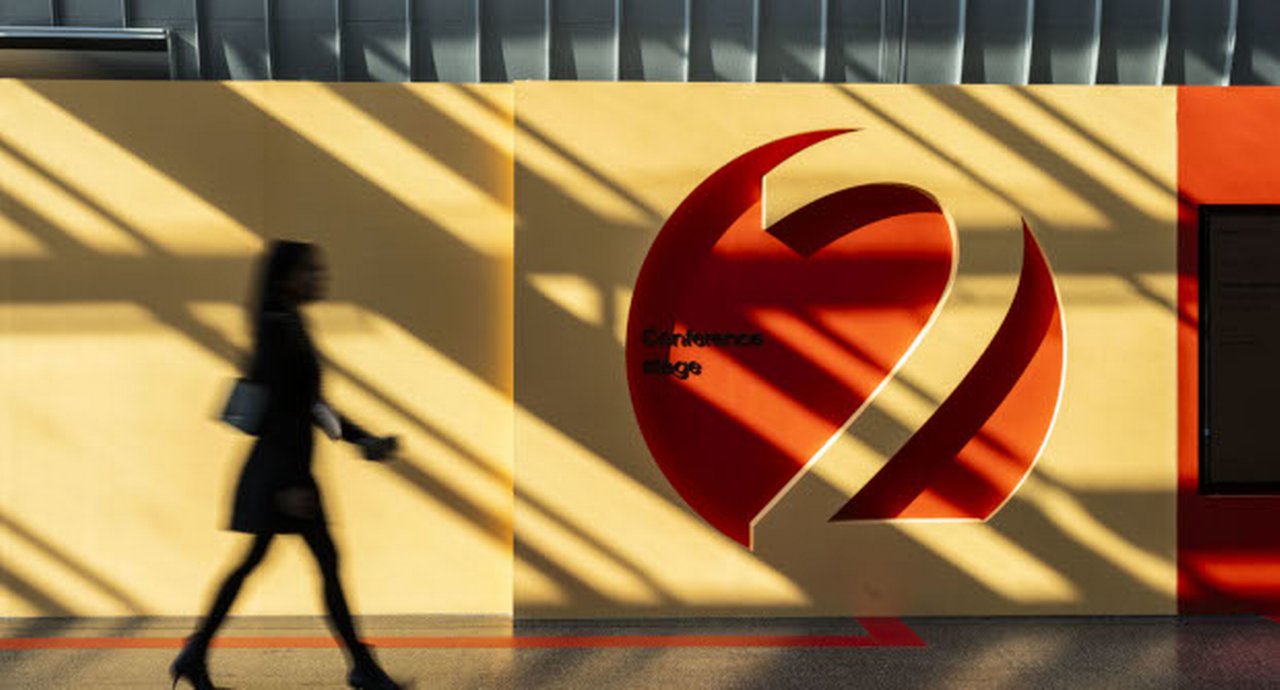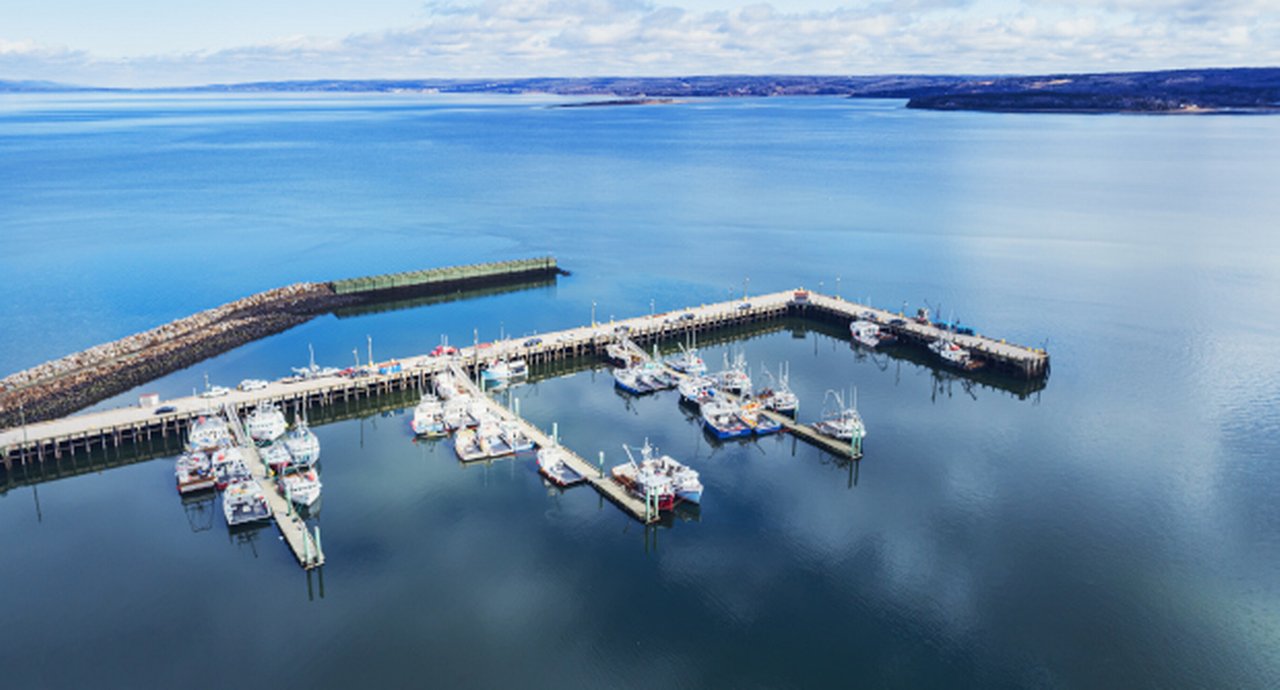Latest articles
Cash management, Technology
How fintechs are reshaping payments: lessons for corporate treasury How fintechs are reshaping payments: lessons for corporate treasury
As real-time payments, APIs, and digital assets transform how money moves, corporates have to keep up. Reporting from EuroFinance 2025, flow explores how fintech companies SumUp and Bitpanda demonstrate treasury’s power as both enabler and catalyst of this transformation
Trade finance and lending, Macro and markets
Dawn of Europe’s new trade order? Dawn of Europe’s new trade order?
At Sibos Frankfurt 2025 improving Europe’s competitiveness in the face of rerouted supply chains and geopolitical shocks was a dominant theme in conference panel sessions. flow reports on ‘where next’ in the last of our post-event articles, and analyses how technology is helping
Cash management
Cash management, Technology
How fintechs are reshaping payments: lessons for corporate treasury How fintechs are reshaping payments: lessons for corporate treasury
As real-time payments, APIs, and digital assets transform how money moves, corporates have to keep up. Reporting from EuroFinance 2025, flow explores how fintech companies SumUp and Bitpanda demonstrate treasury’s power as both enabler and catalyst of this transformation
Cash Management, Regulation
One giant step to payments innovation? (Part 1) One giant step to payments innovation? (Part 1)
At Sibos 2025 Frankfurt, two clear themes for the payments industry emerged: the need to refresh its foundations and accelerate innovation. In the first of two wrap-ups, flow reports on sessions discussing the balance between a safe financial system and friction-free payments
Cash management, Technology
One giant step to payments innovation? (Part 2) One giant step to payments innovation? (Part 2)
In the second of two Sibos 2025 payments wrap-ups, flow reports on sessions discussing how technological advances – from stablecoins and autonomous payments to artificial intelligence (AI) – are powering tomorrow’s payments innovation
Trade finance
Trade finance and lending, Macro and markets
Dawn of Europe’s new trade order? Dawn of Europe’s new trade order?
At Sibos Frankfurt 2025 improving Europe’s competitiveness in the face of rerouted supply chains and geopolitical shocks was a dominant theme in conference panel sessions. flow reports on ‘where next’ in the last of our post-event articles, and analyses how technology is helping
Trade finance and lending, Macro and markets
All change for trade All change for trade
Tariffs, fragmentation, and the rise of the Global South are reshaping global trade. In a Q3 2025 Deutsche Bank Research webinar, analysts unpacked the core risks and opportunities. flow’s Will Monroe summarises the key takeaways
Trade finance and lending
Distributing trade finance – a vital contribution Distributing trade finance – a vital contribution
Origination of trade lending assets and then distributing them to other financial institutions and investors makes the scaling up of financing trade possible. flow’s Clarissa Dann provides key takeaways from panel discussions at the 51st International Trade & Forfaiting Association in Singapore
Dossier Sustainable finance
How AI is reshaping the energy transition
Sustainable finance, Technology
How AI is reshaping the energy transition
As artificial intelligence (AI) drives innovation across sectors, it’s not only fuelling technological progress, but also significantly increasing electricity demand. Deutsche Bank’s Lavinia Bauerochse describes how this development is transforming the global energy transition – and why investments in grid expansion and transition finance are taking centre stage
Discover the world of finance
Community
Discover the world of finance
Since its launch in 2020, the broadcast channel ExpeditionFinance has been exploring the future of the financial industry. Deutsche Bank host Jürgen Schmitt reflects on a journey which has taken him from Australia to Turkey, to Singapore and the US – and one which is far from over
The price of CO₂
Sustainable finance
The price of CO₂
Carbon pricing is essential to combat climate change as it incentivises companies to reduce greenhouse gas emissions. flow’s Desirée Buchholz looks at how regulatory initiatives in the EU could impact global investment flows – and the role voluntary carbon markets play in reaching net-zero commitments
flow case studies
Henkel China: a Shanghai powerhouse
flow case studies, Cash management
Henkel China: a Shanghai powerhouse
The sealants-to-shampoos multinational is steadily expanding its products portfolio in Asia Pacific and digitalisation of payments is sharpening its customer service. Henkel China’s Regional Treasurer APAC, Sophie Yang, tells flow’s Will Monroe that innovation is central to driving growth
Siemens Treasury: leading innovation in real-time payments
flow case studies, Cash management
Siemens Treasury: leading innovation in real-time payments
Siemens’ belief in the potential of new technology is reflected in the company’s continued Corporate Treasury evolution. Heiko Nix, Siemens’ Global Head of Cash Management and Payments, updates treasury journalist Graham Buck on the ongoing journey
JSW One Platforms: it started with steel
flow case studies, Cash management
JSW One Platforms: it started with steel
Over four decades, India’s JSW Group has grown from a steel re-rolling mill near Mumbai to a major conglomerate with interests spanning energy, infrastructure, cement, paint and e-commerce. The latter was the genesis for the launch in 2021 of JSW One Platforms, a tech-first, full-stack B2B e-commerce platform serving India’s manufacturing and construction small businesses. Treasury journalist Graham Buck charts the company’s progress
Securities services
Securities services, Macro and markets
Rethinking investment and post-trade in Asia Rethinking investment and post-trade in Asia
As Asia continues to attract investor attention for its high growth and promising returns, how is post-trade keeping pace in a shifting global economic landscape shaped by tariff shocks? flow shares key takeaways from a seminar hosted by The Asset in association with Deutsche Bank
Securities services, Regulation
Faster and fitter securities services at Sibos Frankfurt (Part 1) Faster and fitter securities services at Sibos Frankfurt (Part 1)
Post-trade integration in Europe, market infrastructure resilience, T+1, standards and the race to digitalisation were high on the securities services agenda at Sibos 2025 in Germany’s financial capital. In the first of a two-part report from Frankfurt, flow securities services correspondent Janet Du Chenne distils the key takeaways
Securities services, Regulation
Faster and fitter securities services in Frankfurt (Part 2) Faster and fitter securities services in Frankfurt (Part 2)
Continuing her report on the securities services themes at Sibos Frankfurt 2025, flow securities services correspondent Janet Du Chenne looks at the wider implications of T+1 in Europe, the adoption of industry standards, and how the digital asset journey is changing the post-trade landscape
Macro and markets
The world outlook 2026 – never a dull moment
Macro and markets, Trade finance and lending
The world outlook 2026 – never a dull moment
Drawing on the Deutsche Bank Research annual next-year World Outlook, flow looks forward to a year of cautious optimism, with growth accelerated by AI adoption, clearer trade strategies, fiscal stimuli, and investment in security and infrastructure
All change for trade
Trade finance and lending, Macro and markets
All change for trade
Tariffs, fragmentation, and the rise of the Global South are reshaping global trade. In a Q3 2025 Deutsche Bank Research webinar, analysts unpacked the core risks and opportunities. flow’s Will Monroe summarises the key takeaways
Building the bank of tomorrow
Macro and markets, Cash Management
Building the bank of tomorrow
As Sibos Frankfurt 2025 got underway in Deutsche Bank’s home city, flow’s Clarissa Dann heard how past predictions of how the future of global finance might develop have proved accurate, and what the community is embracing now to be fit for purpose tomorrow
Trust and agency services
Trust and agency services
Have CLOs become a safe haven? Have CLOs become a safe haven?
After a strong 2024, many market observers were anticipating a ‘constructive 2025’ as the year got underway. Drawing on Deutsche Bank Research insights, flow’s Clarissa Dann provides an update to a market that has seen increasing new issuance of the asset class nine months into a year characterised by macroeconomic headwinds
Trust and agency services, Macro and markets
Structured finance movers meet in Barcelona Structured finance movers meet in Barcelona
As the structured finance industry gathers in Barcelona this month for the Global ABS 2025 conference, flow provides an interim update on the securitisation climate in the light of global macroeconomic volatility and Europe’s quest for regulatory simplification
Trust and agency services
Outlook for CLOs in 2025 – reason for optimism? Outlook for CLOs in 2025 – reason for optimism?
CLOs had another stellar year in 2024, but what is their likely trajectory over the next 12 months? There is cause for optimism and flow provides an update drawing on published insights from Deutsche Bank Research’s Conor O’Toole and Jamie Flannick
Dossier ASEAN
Macro and markets, Dossier ASEAN {icon-book}
Mouth of the merlion Mouth of the merlion
Singapore boasts the second largest port in the world and remains a core hub for asset and wealth managers – as well as being home to more than 400 commodities companies. flow looks at this trading city’s remarkable evolution as it turns 60 in 2025
Macro and markets, Dossier ASEAN, Trade finance and lending
Asia 2025 outlook: what CFOs should prepare for Asia 2025 outlook: what CFOs should prepare for
How could leading Asian economies respond to a more protectionist US trade policy? And what does this imply for hedging strategies that corporates can apply to manage the impact in currencies moves? flow’s Desirée Buchholz summarises insights from Deutsche Bank Research Asia specialists
Dossier ASEAN, Macro and markets {icon-book}
The blossoming of ASEAN The blossoming of ASEAN
The ASEAN countries are a vital part of the global economy. flow takes a closer look at the bloc’s growth, current status, and prospects


